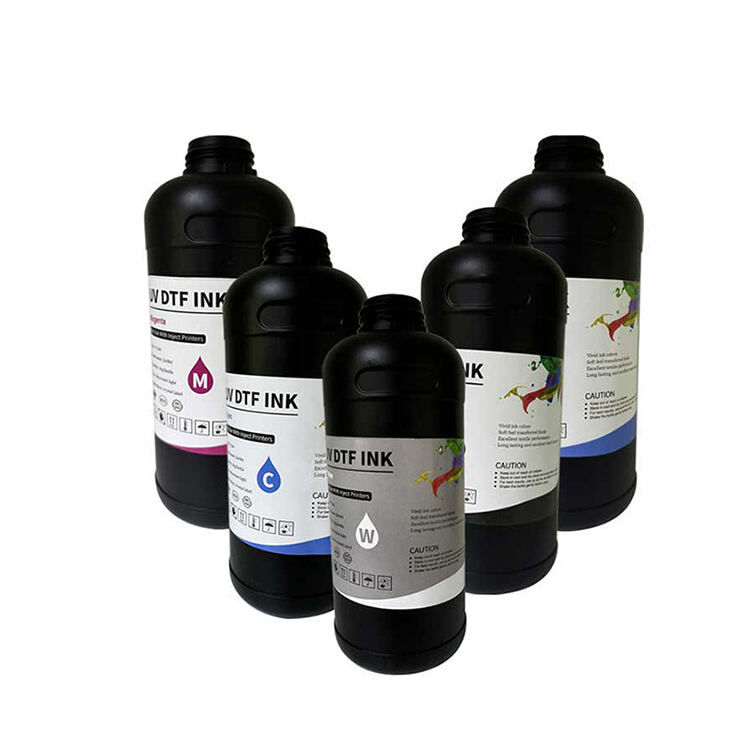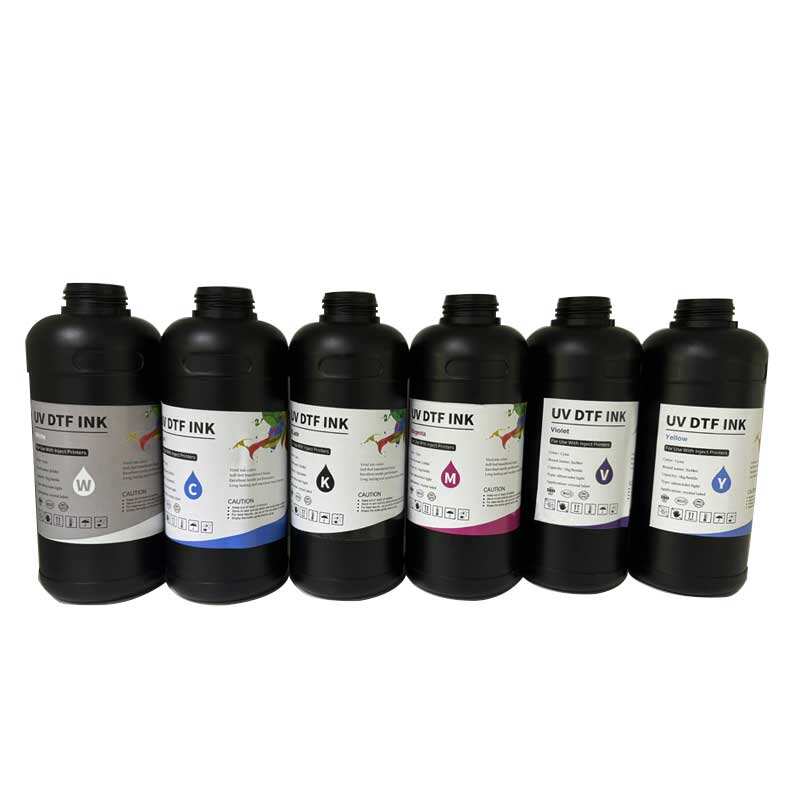automatic screen printing dryer
The automatic screen printing dryer represents a revolutionary advancement in textile printing technology, offering a comprehensive solution for efficient and consistent drying of printed materials. This sophisticated system combines precision temperature control, automated conveyor mechanisms, and advanced airflow management to ensure optimal drying results. The dryer features multiple heating zones that can be independently controlled, allowing for precise temperature adjustment based on different fabric types and ink specifications. Its conveyor system operates with variable speed settings, enabling customized drying times for various production requirements. The unit incorporates high-efficiency heating elements that provide uniform heat distribution across the entire drying chamber, eliminating cold spots and ensuring consistent curing of prints. Modern automatic screen printing dryers are equipped with digital control panels that offer precise parameter adjustments and real-time monitoring capabilities. These systems are designed to handle various substrate materials, from lightweight fabrics to heavy textiles, making them versatile for different printing applications. The dryer's advanced ventilation system effectively removes moisture and fumes, contributing to both print quality and workplace safety. Many models feature energy-efficient designs that optimize power consumption while maintaining high productivity levels.


